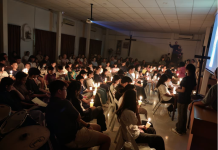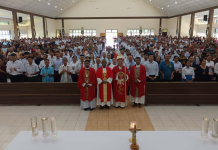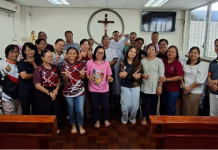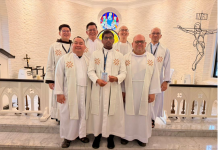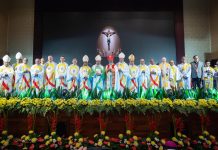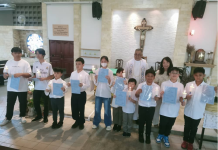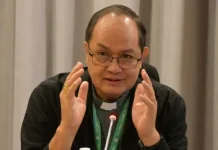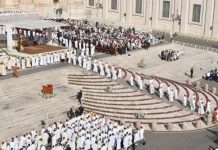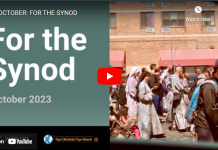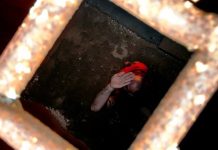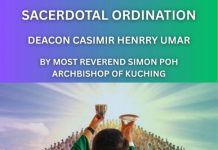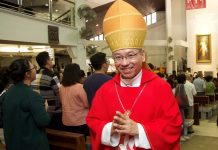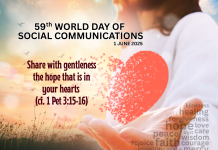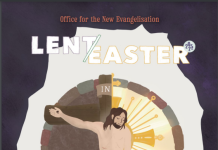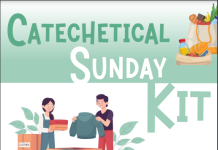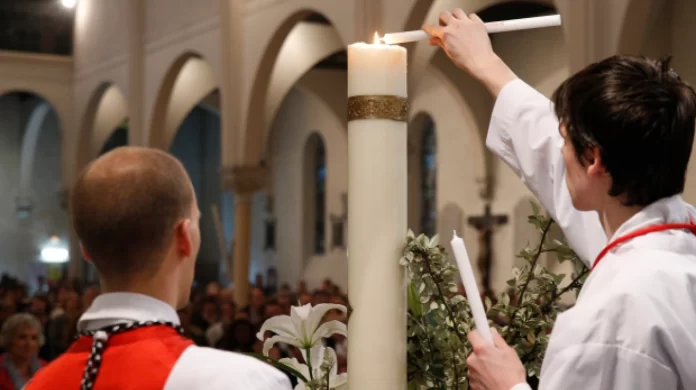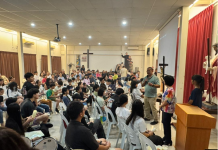To celebrate the glory of Jesus’ resurrection, the Church amplifies the liturgy with these symbolic traditions.
By Philip Kosloski - Aleteia
Easter Sunday is a glorious feast in the Catholic Church — the highest of all feasts during the entire liturgical year!
On this beautiful day, the Church has always sought ways to elevate the liturgy and to emphasize the joy we should possess.
Here are 4 primary liturgical traditions that you may see at Mass on Easter Sunday.
Return of the Alleluia
For the 40 days of Lent the word “Alleluia” is missing from the liturgy of the Church. It is never said even once. Then, during the Easter Vigil, the priest intones the great Alleluia, and it seems like the Church can’t stop repeating this word over and over again. Why is that?
What does it mean anyway, and why is it so closely associated with the season of Easter?
Alleluia (sometimes written “Hallelujah”) is rooted in a Hebrew expression that means “praise the Lord.”
It is and always has been an expression of praise, glorifying God for his goodness. For this reason Alleluia is closely associated with a season of joy, and is in stark contrast with the somber penitential attitude of Lent.
Easter is a period of great joy and exultation, and singing Alleluia is the Church’s way to highlight this reality, continually giving praise and honor to God.
Mass at Dawn: A beautiful Easter tradition
The Church has commemorated this moment in many ways over the centuries. Initially Christians gathered for an all night vigil, where baptism was administered and many readings were proclaimed. The liturgy began in the middle of the night and ended with the celebration of Mass as the first rays of dawn began to appear.
As the Easter Vigil was shortened and moved earlier on Holy Saturday evening, various places began to hold a tradition of celebrating a Mass at dawn, so that the congregation could unite themselves to the disciples who went to the tomb in the early hours of the morning.
In some countries there is even a tradition to ring the church bells and process through the town at dawn, announcing the Resurrection of Jesus.
The symbolism of this tradition is very clear, as it celebrates the rising of the Son, the true Light of the World at the moment when the rays of the sun begin to shatter the darkness of night.
The Easter Candle
Over time the Easter candle was given greater prominence and was decorated to further expound on the Paschal mystery. Here is a brief guide to the Easter candle and its corresponding symbolism.
Flame
The flame is reminiscent of the “pillar of fire” that led the people of Israel and protected them as they escaped the slavery of the Egyptians. The Exsultet refers to this symbolism when the deacon chants, “This is the night when the pillar of fire banished the darkness of sin.”
Cross
The cross is the supreme symbol of Jesus and the instrument through which he saved the world from sin and death.
Alpha and Omega
It is common in Christian art to find two Greek letters: the alpha (Α) and omega (Ω), the first and last letters of the Greek alphabet. The use of these two letters to symbolize the Risen Christ has an ancient history in Christianity, rooted in the book of Revelation, where Jesus says, “I am the Alpha and the Omega, the beginning and the end. To the thirsty I will give water without price from the fountain of the water of life. He who conquers shall have this heritage, and I will be his God and he shall be my son” (Revelation 21:6-7).
Year
As the priest traces the year on the Easter candle, he prays, “All time belongs to him, and all the ages.” This reminds us that God is here with us today and is constantly guiding all creation to himself.
Grains of incense
Five grains of incense are inserted into the candle on top of the cross, symbolizing the five “holy and glorious wounds” of Jesus Christ.
Sprinkling Rite and Renewal of Baptismal Promises
Easter is a joyous time in the Church, when it’s particularly easy to call to mind the many blessings that the sacrament of Baptism has brought us. By long tradition, the Church welcomes new members by Baptism at the Easter Vigil, and all renew their baptismal promises. On Sundays during the Easter season the priest often celebrates the Sprinkling Rite, where he specifically calls to mind our baptism, as we are sprinkled (or doused) with holy water:
Dear brethren (brothers and sisters), let us humbly beseech the lord our God to bless this water he has created, which will be sprinkled on us as a memorial of our Baptism. May he help us by his grace to remain faithful to the spirit we have received.
The Catechism says, “Holy Baptism is the basis of the whole Christian life, the gateway to life in the Spirit, and the door which gives access to the other sacraments. Through Baptism we are freed from sin and reborn as sons of God; we become members of Christ, are incorporated into the Church and made sharers in her mission: ‘Baptism is the sacrament of regeneration through water in the word’” (CCC 1213).
Baptism is that “gateway” or “door” to new life in Christ and is extremely significant. All the other sacraments depend on that first sacrament of Baptism.


